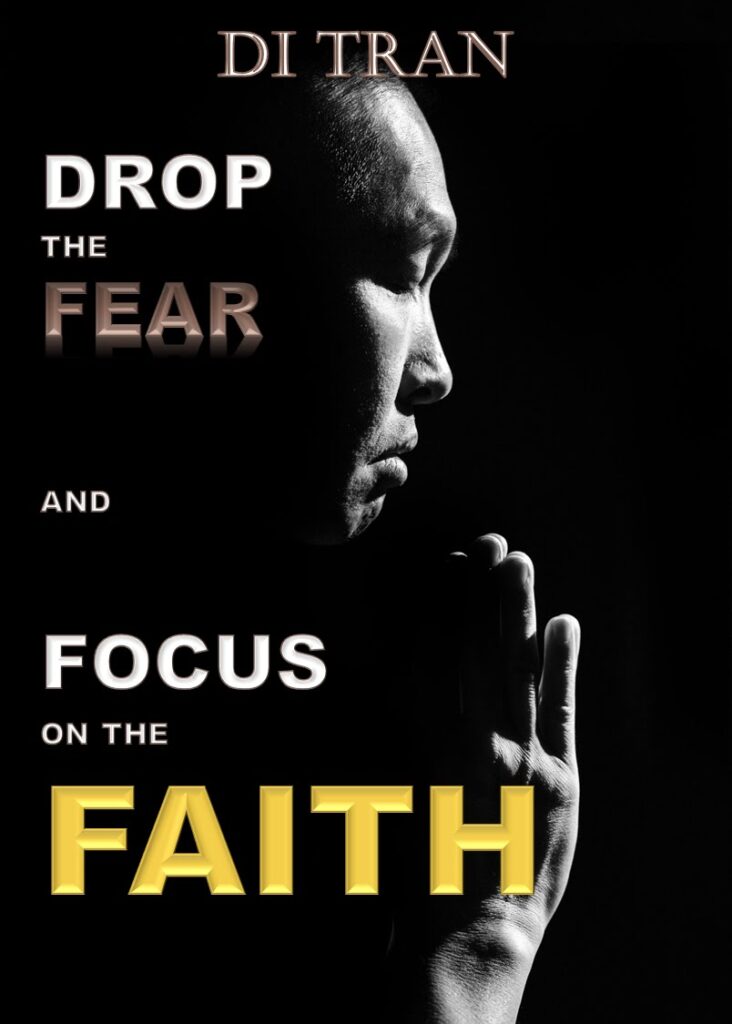Focus on what’s in front of you, maximize your efforts, and surrender the rest to God.” This is a quote that has been used to encourage individuals to live in the present moment, focus on what they can control, and trust that there is a greater plan at work.

Living in the present moment, also known as mindfulness, has been shown to have numerous benefits for mental health and well-being. It involves paying attention to what is happening in the present moment, without judgment or distraction. By focusing on the present, individuals can reduce stress and anxiety, increase focus and productivity, and improve relationships with others.
Maximizing efforts in what is in front of you means focusing on what you can control and doing your best in that area. This involves setting realistic goals and taking action to achieve them, while accepting that there may be limitations and challenges along the way. By maximizing efforts in what is in front of you, you can increase your chances of success and improve your overall well-being.

Surrendering the rest to God is a personal belief that may involve accepting that there are things beyond our control and trusting in a higher power or greater plan. This can provide comfort and a sense of peace, knowing that there is a purpose to everything and that we are not alone in our struggles.
Combining these three ideas can be a powerful way to live a meaningful and fulfilling life. By living in the present moment, focusing on what we can control, and trusting in a higher power, we can reduce stress, improve well-being, and live a life of purpose and meaning.
However, it is important to note that this quote may not resonate with everyone. Each person’s beliefs and values are unique, and what works for one person may not work for another. It is important to find what works for you and to seek support and guidance when needed.
In conclusion, “Focus on what’s in front of you, maximize your efforts, and surrender the rest to God” is a powerful quote that can inspire individuals to live in the present moment, focus on what they can control, and trust in a higher power. By combining these three ideas, individuals can live a life of purpose and meaning, reduce stress and anxiety, and improve their overall well-being.






















